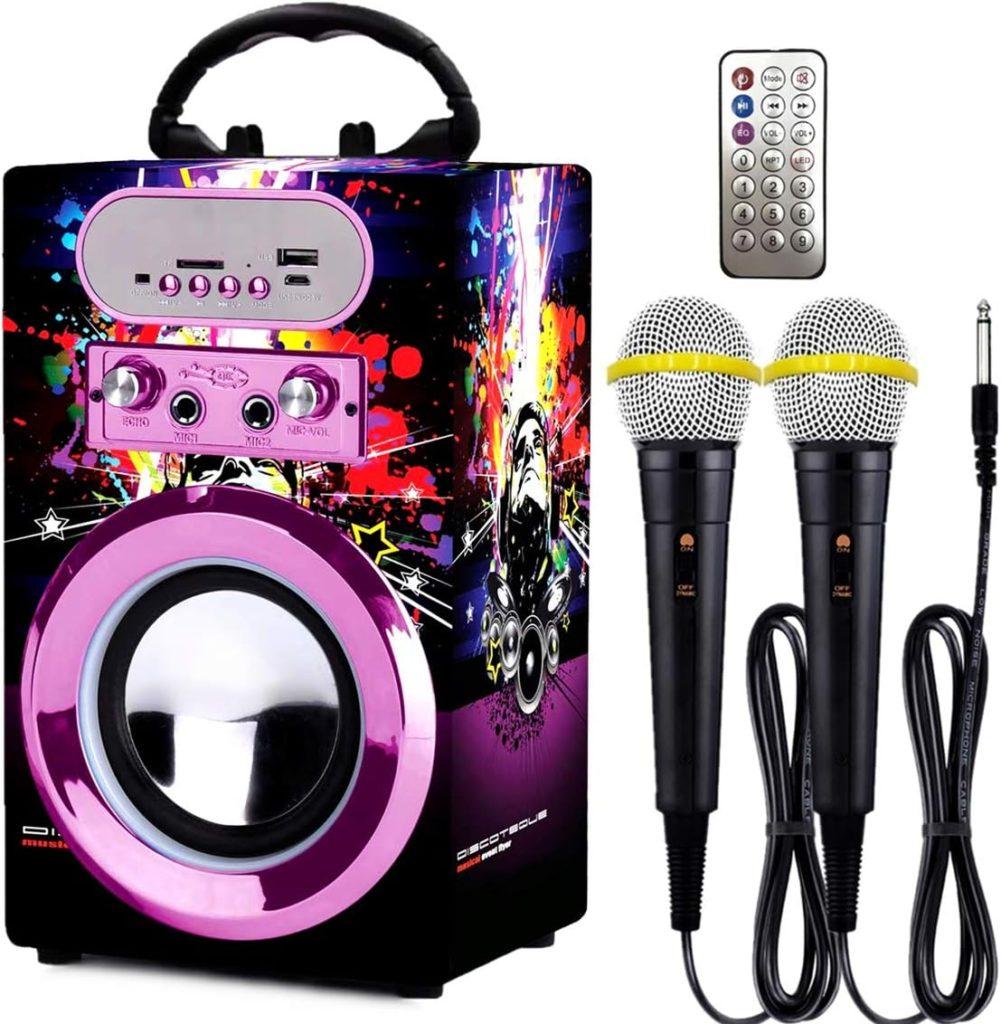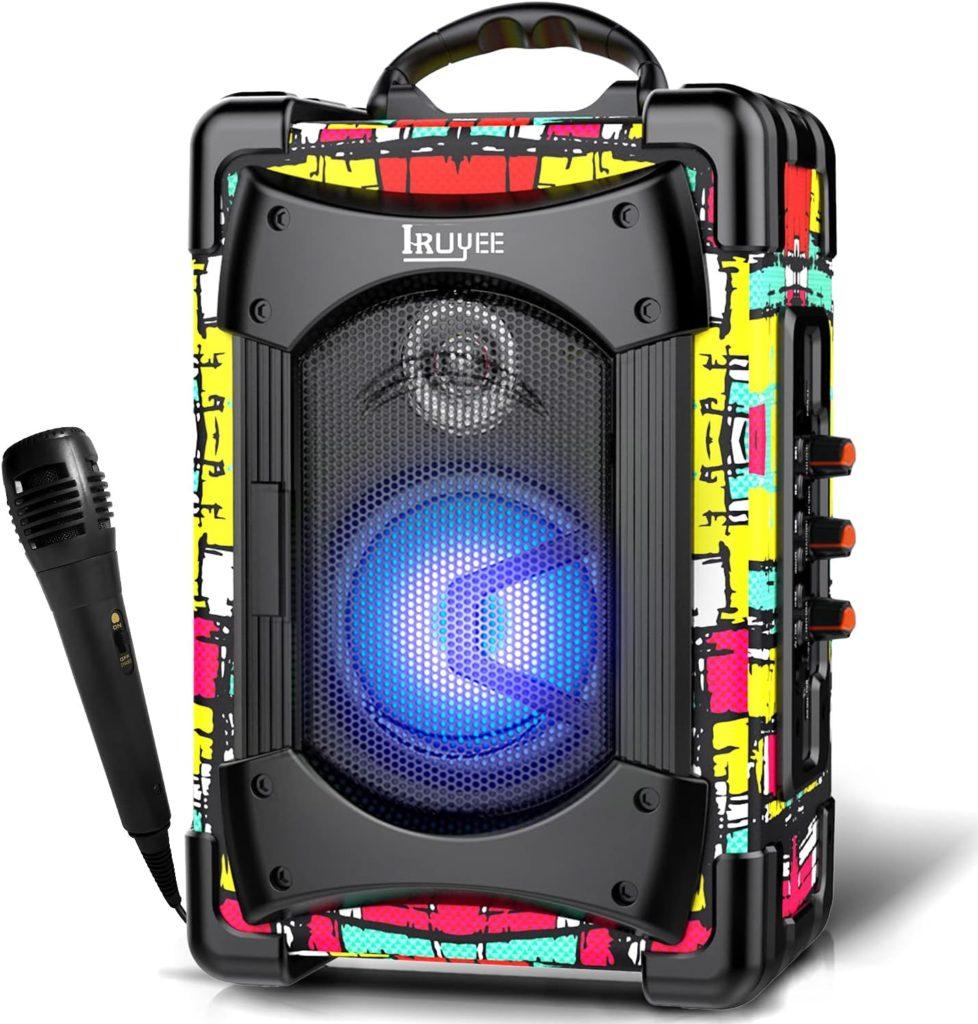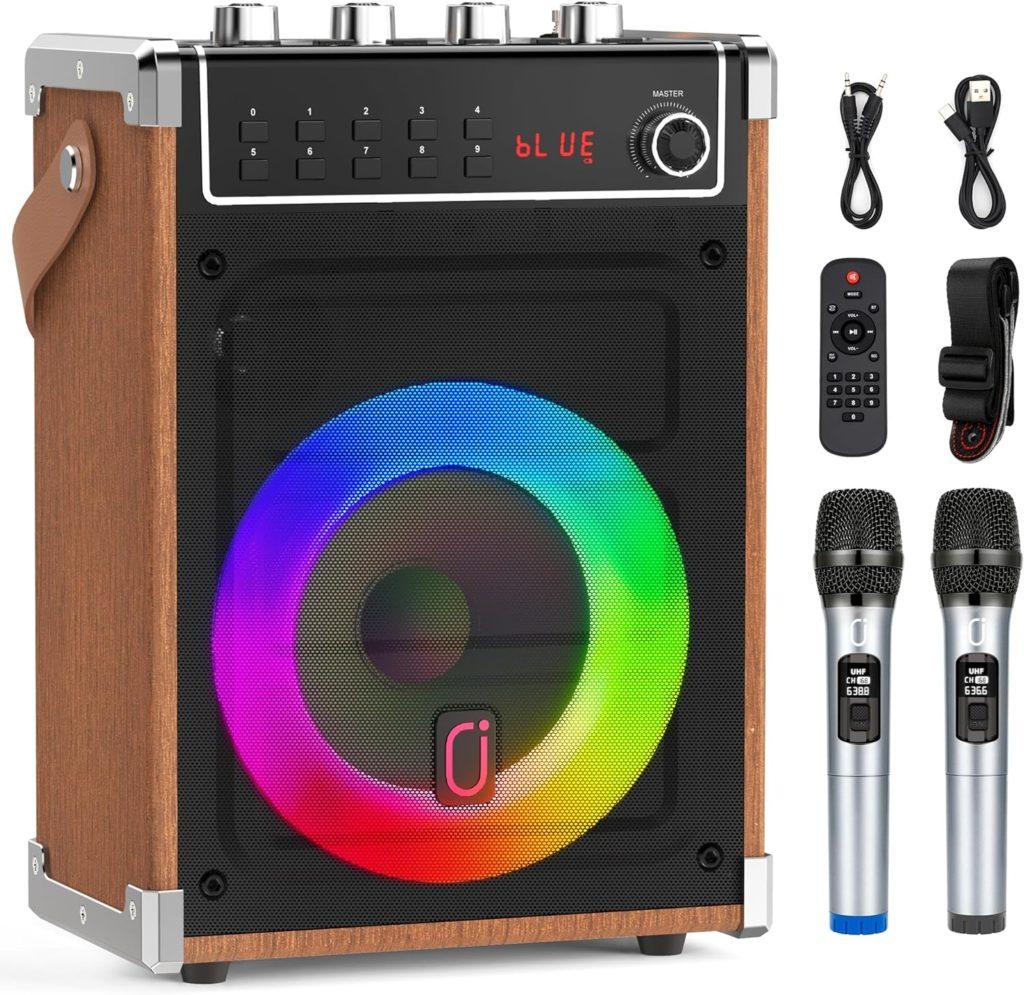
Ever felt the rhythm in your fingertips, that thrumming pulse calling you to pick up the sticks and drumming hobby? It’s just you and a drum set, beats echoing like thunder.
Sounds electrifying, right? But let’s face it; diving into drums isn’t as simple as hitting ‘play’ on life’s soundtrack.
Is there a beat in your heart yearning for more than just air drumming along to classic rock anthems or pop hits? If yes, then imagine mastering those rolls and fills yourself. It can be daunting when dollar signs start flashing before your eyes—kits aren’t cheap after all—but what if I told you there are ways around breaking the bank?
So, how do we bridge the gap from novice to confident musician? It’s all about taking that first step with the right guidance—let’s dive into strategies for your drumming hobby that work without breaking the bank. That’s what you’ll learn in this blog.
Getting Started with Drumming as a Hobby
Picking up sticks and diving into the world of drumming is like jumping onto a rollercoaster—it’s thrilling, challenging, and loud. But before you start laying down beats, let’s talk brass tacks—commitment and cash. Drumming can be an essential element of your identity.
Assessing Your Commitment to Drumming
Before investing in the necessary equipment, consider how much time and effort you are willing to commit to mastering drumming. You don’t want to drop loads of money on shiny cymbals only for them to gather dust in the corner. Learning drums takes dedication—a solid chunk of your week should be earmarked for practice if you want those skills to flourish.
But hey, don’t get scared off by commitment phobia. Whether it’s blasting through solos or keeping steady grooves at band practice, every beat brings joy that echoes beyond the drum set.
Budgeting for Your New Hobby
Your wallet might feel lighter when considering typical costs: imagine around $900 vanishing with one snap purchase of an acoustic kit—but wait. Before visions of empty bank accounts dance in your head, remember: that smart spending trumps splurging any day.
You could snag lessons without breaking the bank; think $240-$480 annually instead of dropping four figures at some swanky music academy. Or perhaps lean digital with a month-long online drum lesson subscription ringing in at about $240 per year—you’ll still learn plenty while saving some greenbacks.
Cheap kits may tempt you—they lurk out there starting at about three hundred eighty bucks—but consider longevity over instant savings because nobody likes shelling out twice due to early upgrades. That said, pricier doesn’t always mean better either; finding that sweet spot where quality meets affordability is key.
Key Takeaway:
Drumming is a commitment that’ll shape your identity, but it needn’t drain your wallet. Start smart: set aside regular practice time and balance cost with quality when choosing gear. Remember, the best kit is one you can afford without compromising on longevity.
Choosing the Right Drum Kit
You’re itching to play drums, and there’s a sea of kits out there. How do you pick? Well, whether it’s banging on an acoustic drum kit or tapping into technology with electronic drums, each has its beat.
Acoustic vs. Electronic Drums
If you’re dreaming of that classic thump and crash, an acoustic set might be your jam. Entry-level options like a basic Ludwig BackBeat kit start at around $380—a sweet spot for beginners not looking to break the bank. But if you crave quality without splurging too much cash, mid-range beauties like Tama Imperialstar or Mapex Venus have got your back between $799-$899.
Electronic sets—imagine practicing without waking up in the neighborhood. The Roland TD-07 DMK is one such silent warrior that lets roommates stay asleep while you groove away in headphones bliss. Plus, these nifty e-kits can mimic countless sounds and hook right up to recording devices.
A Quick Rundown on Costs:
Say hello to sticker shock—the price tag parade begins with picking either those thunderous acoustic tones or sleek digital beats but doesn’t end there. Think lessons (maybe even online subscriptions?) ranging from budget-friendly DIY sessions ($240) up to getting schooled IRL ($480).
And hey, don’t skimp on hardware—you’ll need stands sturdy enough so your cymbals don’t go flying during that killer solo (yep, add another couple hundred bucks).
Key Takeaway:
Choosing your first drum kit comes down to preference and budget. Acoustic kits start at $380, but if you’re after quieter practice and sound variety, electronic sets like the Roland TD-07 DMK are a solid bet.
Don’t forget cymbals can run you another $650. Factor in lessons and sturdy hardware too—it all adds up.
Pros and Cons of Drum Lesson Options
If you’re itching to play drums like a pro, you’ve got options galore. But before diving into the rhythm, let’s weigh up in-person lessons against that month’s online drum lesson subscription everyone’s buzzing about.
In-Person Lessons
Nothing beats the classic one-on-one tuition when it comes to learning an instrument. Having a drum tutor right there with you means instant feedback on your grip or how hard you hit that snare. Plus, they can catch bad habits early—like slouching over your kit—and help avoid injury by enforcing good posture from day one.
The downside? It’ll hit your wallet harder than a crash cymbal at a rock concert. In-person lessons can set you back between $240-$480 annually; so make sure those sessions are turning all that spending money into serious skills.
Online Drum Lesson Subscription
Gone are the days when learning was confined within four walls—the internet has changed all that jazz (or should I say rock?). With platforms like Drumeo, for roughly $240 per year, less than half what some folks pay for face-to-face instruction, endless resources await at just a click away. Imagine rolling out of bed and jumping straight into class in your PJs—not too shabby.
But here’s the rub: without someone watching over your shoulder, discipline is key. You need to be self-motivated because no one will give you grief if don’t practice except maybe yourself after seeing slow progress.
Picking between these two paths depends on what makes more sense for ya—you could love having personal guidance or prefer jamming solo with online tools guiding the way. Either choice is cool as long as it keeps those sticks swinging and feet stomping. And remember this isn’t an epic battle where only one must emerge victorious—you might find mixing both methods hits just the right note for you.
Key Takeaway:
Face-to-face lessons give real-time feedback and correct bad habits, but they’re pricier. Online subscriptions are wallet-friendly with many resources, yet you’ll need heaps of self-discipline to make it work. Mix both for a personalized beat.
Maintenance Tips for Beginner Drummers
You’ve just dropped a decent chunk of change on a shiny new drum set. You’re ready to rock, but hold up—let’s talk about keeping those drums and cymbals in tip-top shape. Because let’s face it, if your gear isn’t maintained well, that banging sound might start sounding like a trash can lids clashing together before you know it.
Keeping Your Cymbals Shining
Your cymbal pack didn’t come cheap—I mean, we’re talking around $650 for a typical starter set. To keep them sounding great and avoid the need for an upgrade sooner than necessary, regular cleaning is key.
It’s not rocket science; grab some clog-free polish and gently wipe down those brass beauties after each session. And remember, good posture at your kit isn’t just about looking cool—it helps prevent damage to your equipment (and yourself) too.
You also want to make sure they’re mounted correctly on their stands—a loose cymbal is a sad one waiting to get damaged or cause injury. When setting up your kit initially or adjusting things later on, take extra care with how tightly everything fits together; it should be snug but not strangle the life out of any part.
Avoiding rookie mistakes goes beyond good playing habits; when was the last time you checked the tuning? Yep, even though we often associate tuning with guitars or violins more than drums—and especially so with our metallic friends—the truth is every drummer needs to fine-tune their kit regularly.
If you don’t want them starting to sound like basic brass cymbals from beginner sets (check these out) instead of that level-up pack vibe they started with—get into this habit early.
Key Takeaway:
Maintain your drum set well to keep rocking out with quality sound. Regularly clean cymbals, check mountings and fine-tune your kit. It’s like self-care for your gear—skip it and you might end up jamming on junk.
Upgrading Your Beginner’s Drum Set
You’ve been rocking out on your starter drum kit and have a solid grip on the basics. But now, it feels like something’s missing—maybe it’s time to level up. Upgrading your set can open new doors musically and keep that passion for percussion blazing.
Potential Upgrades: When Basic Just Doesn’t Cut It Anymore
Say goodbye to those basic brass cymbals that came with your first kit. Intermediate-level cymbal packs are calling, starting at around $650, but don’t sweat the price tag just yet. Hunting down used gear could save you some serious cash without skimping on quality sound.
Think about what parts of your playing need a boost; maybe those entry-level sticks aren’t giving you the control or bounce-back you crave. Or perhaps upgrading from a starter/intermediate drum set will give your beats more depth and character?
The Heartbeat of Any Drum Kit: Cymbals That Sing
Your ride, crash, and hi-hats shape so much of what people hear—it’s where investing makes sense. If an intermediate-level cymbal pack is still too steep for now, consider stepping up to a better-quality beginner pack instead.
These won’t break the bank as much but can significantly enhance how you play drums.
Kickstarting Progress with Better Hardware
Cheap kits tend to come with stands that wobble more than they stand—a no-go if we’re talking progress. Sturdy hardware keeps everything in place so when you hit hard during practice or performance; nothing moves except for heads nodding along to the beat.
Key Takeaway:
Feeling stuck with your starter drum kit? Spice up your sound by upgrading to intermediate cymbals, better sticks, and sturdier hardware.
Don’t forget a comfy throne and quality bass drum for that solid foundation. Smart shopping can keep costs down—think used gear or improved beginner packs.
Practical Practice Tips For Aspiring Drummers
Crafting Your Daily Beat Routine
You’ve got your sticks in hand, a practice pad at the ready, and dreams of rhythmic greatness. Let’s cut to the chase: regular practice is your golden ticket to drumming stardom—or at least to not embarrass yourself at band practice. And we’re not talking about marathon sessions; even 30 minutes a day can catapult you from tapping on tables to slaying solos.
Start with a warm-up—think simple rudiments or that groove you just can’t get out of your head—and then dive into new material. A good starting point? Tackle those tricky patterns one by one until they sound great. But remember, repetition is key. Kneading dough is akin to mastering patterns—repeated practice will yield the desired results.
Making this habit early will do more than impress your friends—it’ll build muscle memory so solid you could play drums in your sleep (but please don’t—we need our beauty rest).
The Magic Of Practice Pads
If walls had ears, yours would be begging for mercy with all the banging around rookie drummers tend to make. Enter the humble practice pad—a lifesaver for both relationships and late-night inspiration strikes.
These nifty pads let you work on stick control and dynamics without waking up half the neighborhood. Plus, they’re portable. Squeeze in some paradiddles while binge-watching TV or waiting for water to boil because why waste precious time?
Key Takeaway:
Hit the drums daily for at least 30 minutes, starting with a warm-up and then tackling new patterns. Practice pads are your quiet ally, letting you refine skills anytime, anywhere. And don’t forget to tap into online resources like the Sloan School of Music—they’re an affordable way to learn from the pros.
Your Drumming Hobby: A Final Word
Keep your drumming hobby simple at first: practice pads, budget-friendly kits, and basic lessons can launch your journey without draining your wallet. Online resources or in-person classes—it doesn’t matter which—as long as you stick to them consistently.
Maintain those sticks and skins; they’ll carry you from starter beats to complex rhythms. And when the time comes, upgrade smartly—quality over quantity always pays off. Start small, learn steadily, maintain rigorously, and upgrade wisely. To learn more or if you’re interested in lessons, contact Sloan School of Music.






